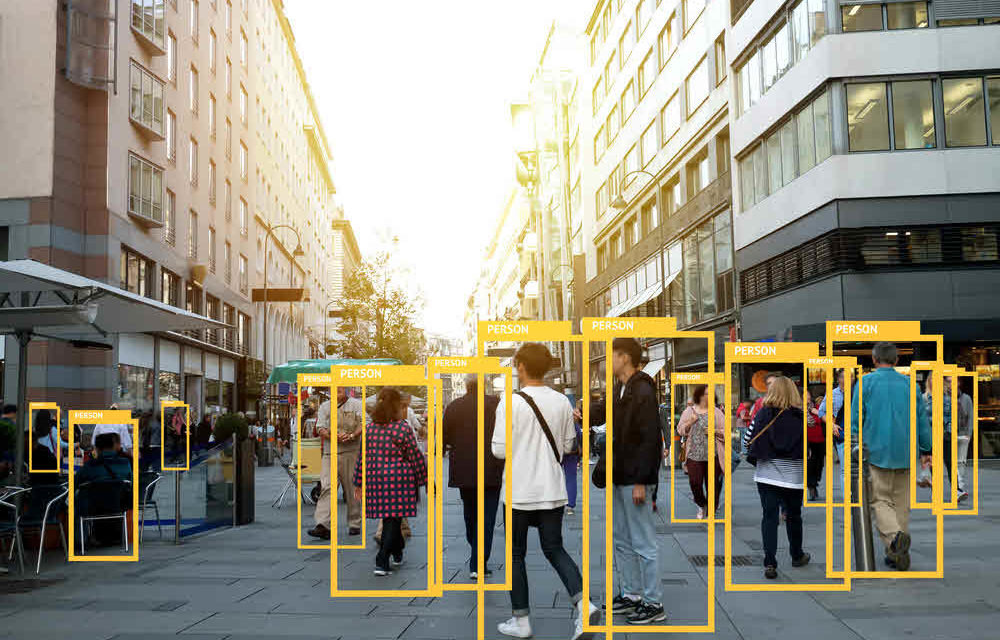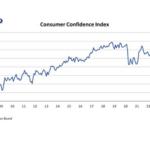By Lex Nepomuceno
Most hospitality business owners believe the proper use of technology in their operations is a competitive advantage, and many plan to increase their technology investments this coming year.
Leading the charge in technology adoption are the quick-service (QSR) and fast casual sectors of hospitality, with much of the effort being directed at consumer-facing hardware and software solutions. This is no surprise, as QSR concepts often struggle the most with developing stronger, more personal bonds with their customers. What QSRs gain with speed and price points, they can lose ground with relationship building. This is where modern innovations can bridge the gap.
According to the National Restaurant Association’s most recent Trends Survey, 70 percent of QSRs plan to dedicate more resources to customer-facing service-based technology in the coming year. In contrast, only 49 percent of fine dining and 53 percent of family dining establishments have the same sentiment. What are some examples of customer-facing technology? Online/mobile ordering and payments, delivery management and reservations.
The only area where all restaurant categories answered less than 50 percent in technology investment is devices and hardware. Items such as tablets, tableside ordering and kiosks did not rate as high as services because the lifecycle of hardware is generally longer than services and software. Despite this, 30-40 percent of restaurant businesses still viewed hardware as a priority.
What type of tech investment could possibly have a major impact on customer engagement? Personalization and ways to build more personal connections with customers and guests.
Artificial intelligence (AI)
Hotels are leading the way through their investment in artificial intelligence connected to software and services.
Hotels have integrated AI to directly interface with guests through chatbots and in-room ordering. Utilizing property recommendations from current customers, the lodging industry has leveraged the information to develop action plans to increase public reviews. The real-time feedback and the specificity of the input derived, allow hoteliers to calibrate their services to generate higher public ratings. For example, if enough online reviews indicate there aren’t enough kids’ meal options and those reviews are three-stars or less—a predictive analytics report could advise managers what they need to do to increase reviews.
Customer loyalty
Both hotels and restaurants have great examples of extremely effective customer loyalty efforts. The ubiquitous Starbucks rewards/card program has been the gold standard for foodservice. Other than the technology that drives the mobile payments and real-time rewards tracking, the Starbucks card enables the company to aggregate an immense amount of information for each and every customer. This amount of data allows for an extremely effective personalization juggernaut, where the company can customize offers toward very specific behaviors they want to create for every member. Have you stopped ordering coffee every day? They can instantly activate an offer and give you 150 rewards points if you order in five consecutive days. Haven’t ordered a breakfast sandwich in a while? Behold an easy 25 points with your next breakfast order.
From the hotels’ side, all of the major brands have their own loyalty membership that provides discounts, free nights and other advantages for collecting points with every stay. This loyalty relationship allows the brand to develop a solid bond with every customer and continuously strengthen the data profile for each. Again, this allows for ongoing personalization through marketing offers and the services the hotel may emphasize. If done properly, all of this data is shared with every location, so the relationship with the customer can be strengthened with every stay.
Despite all this tech, it all comes down to that personal touch. Remember, hospitality means being hospitable. Despite the available data being gathered and organized, it will depend on how the establishment executes on the information.
(May 2019 Magazine)








![Replay! [Ask a Lawyer] Class action defense strategies: Arbitration agreements](https://wahospitality.org/wp-content/uploads/2025/05/WHAArbitrationAgreementsReplay-150x150.png)




